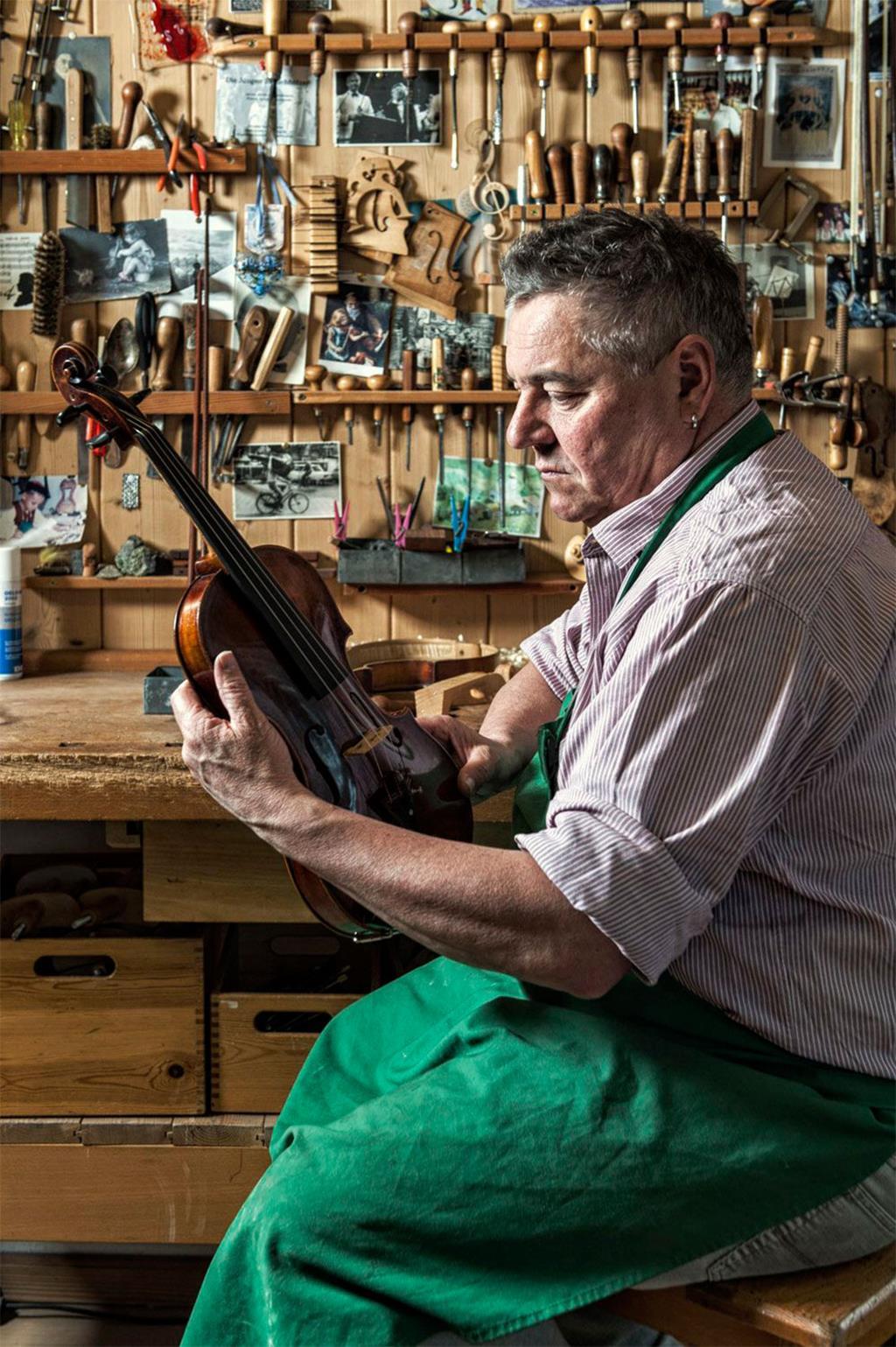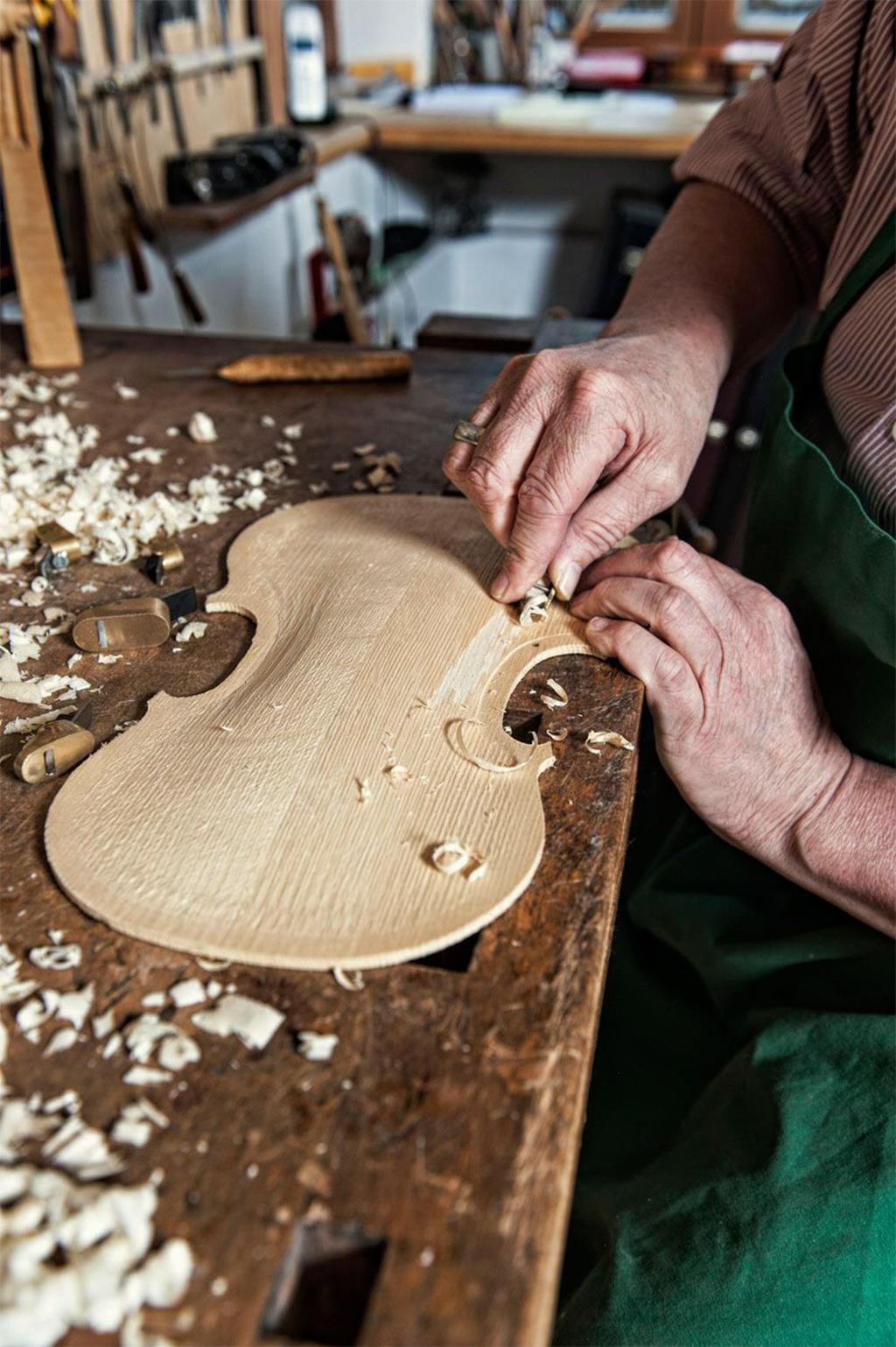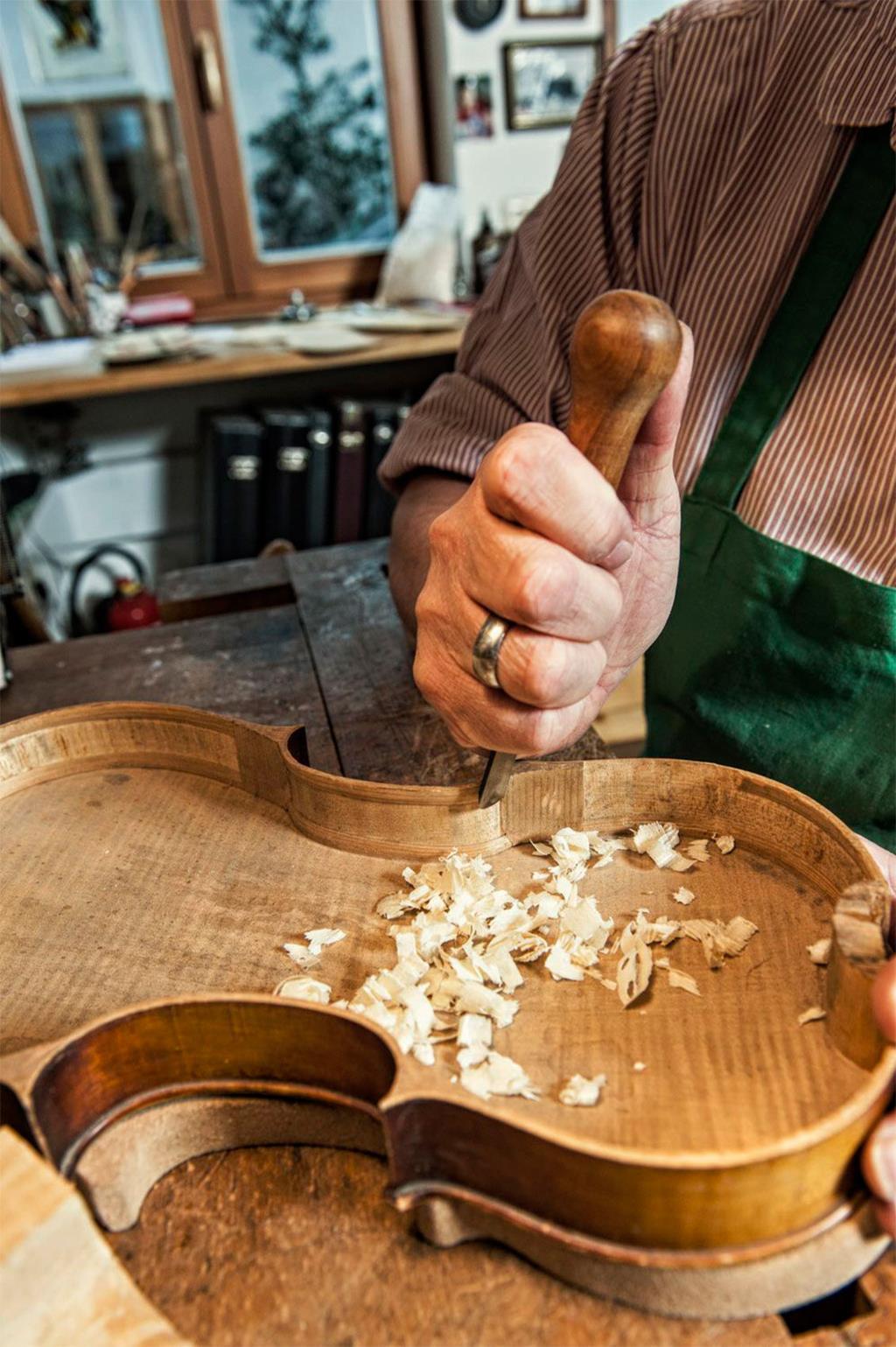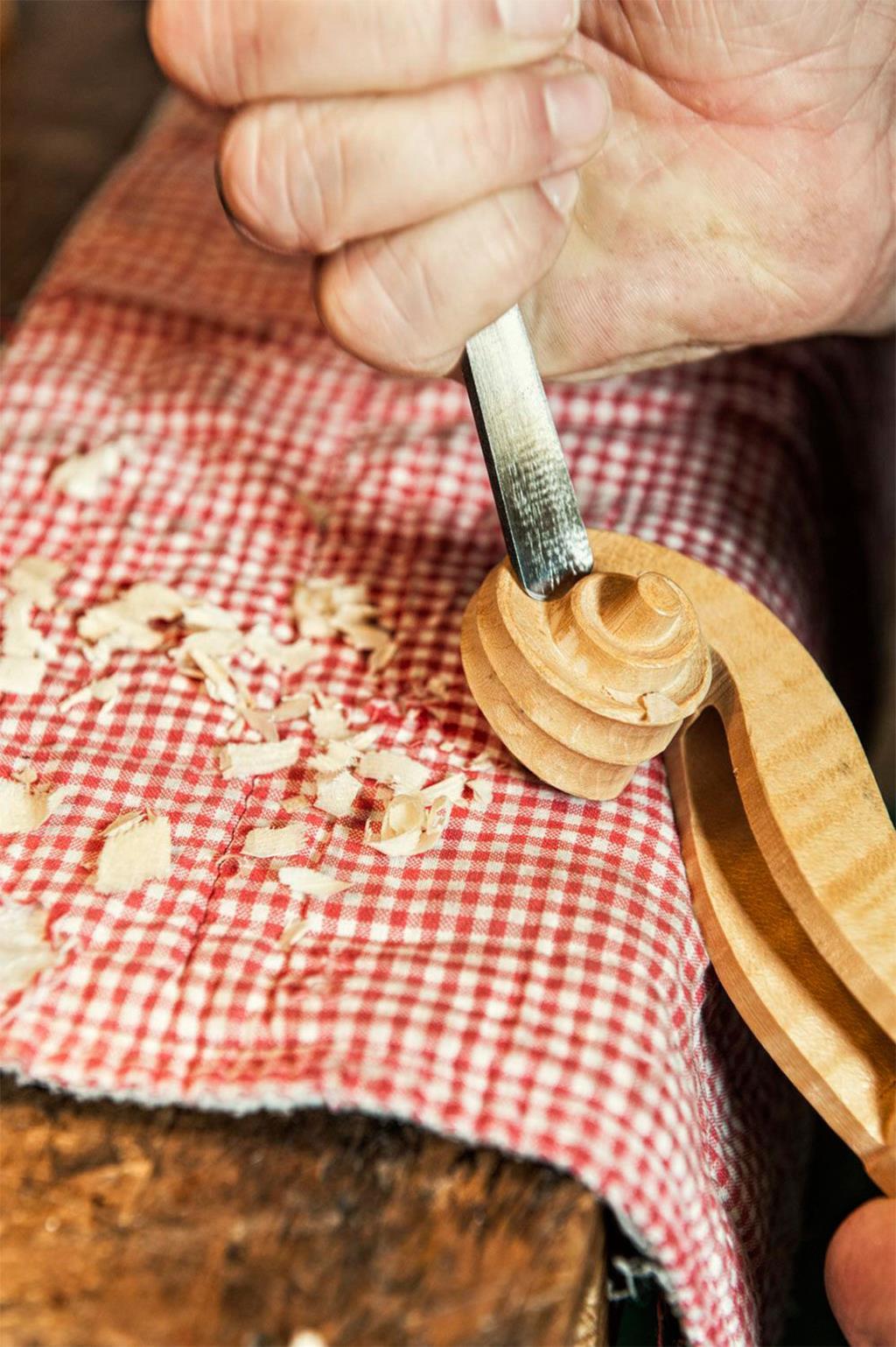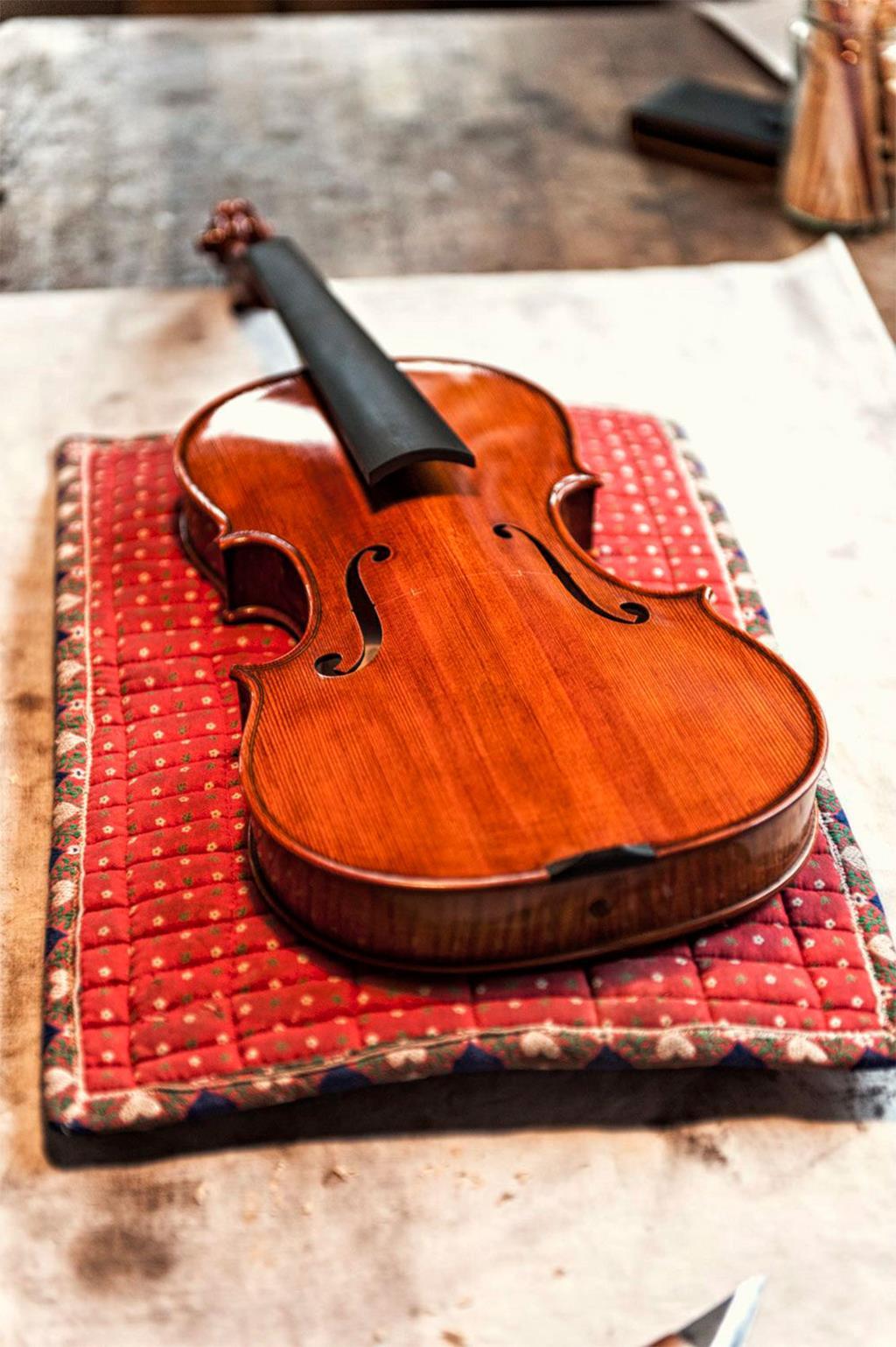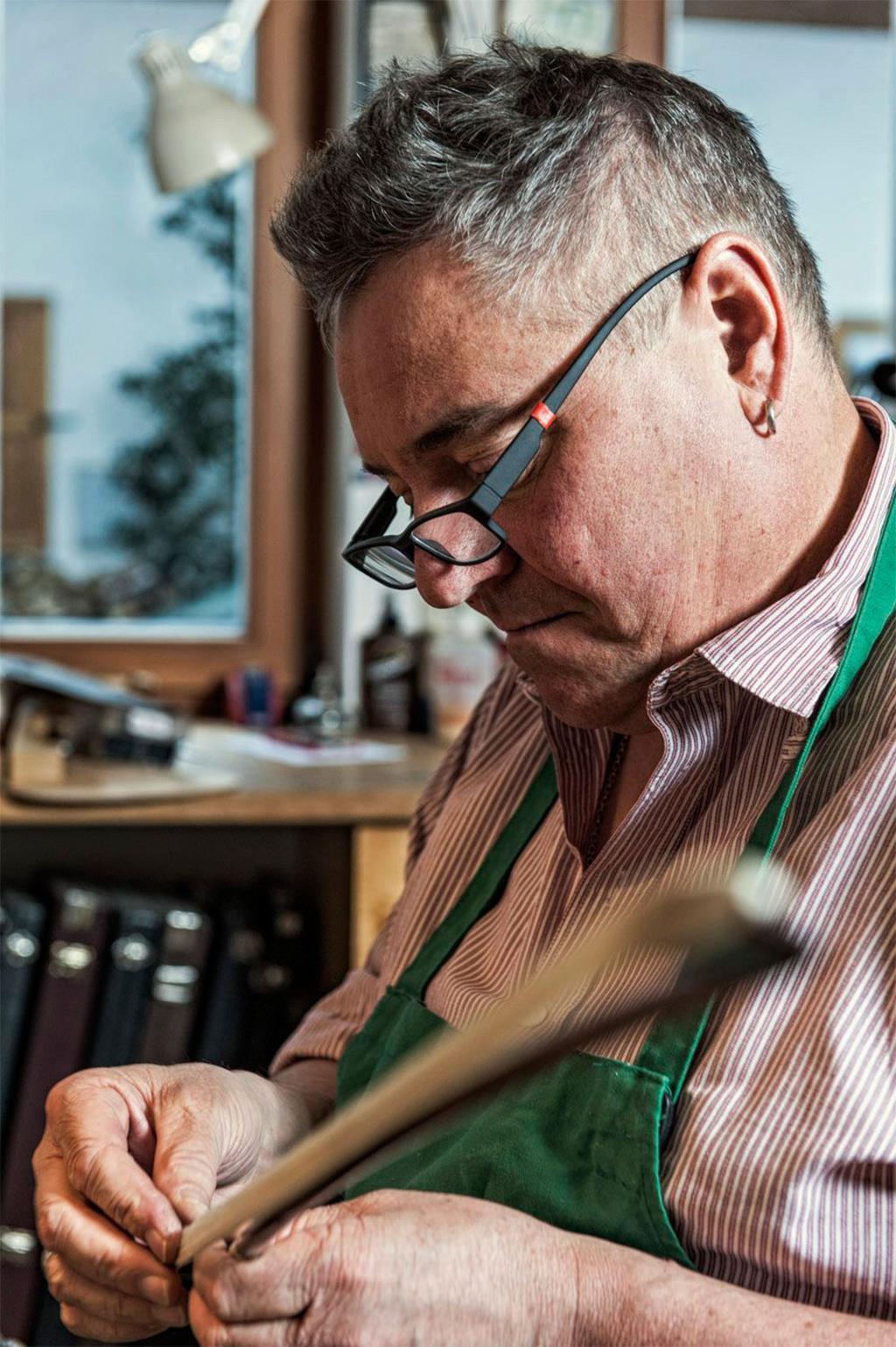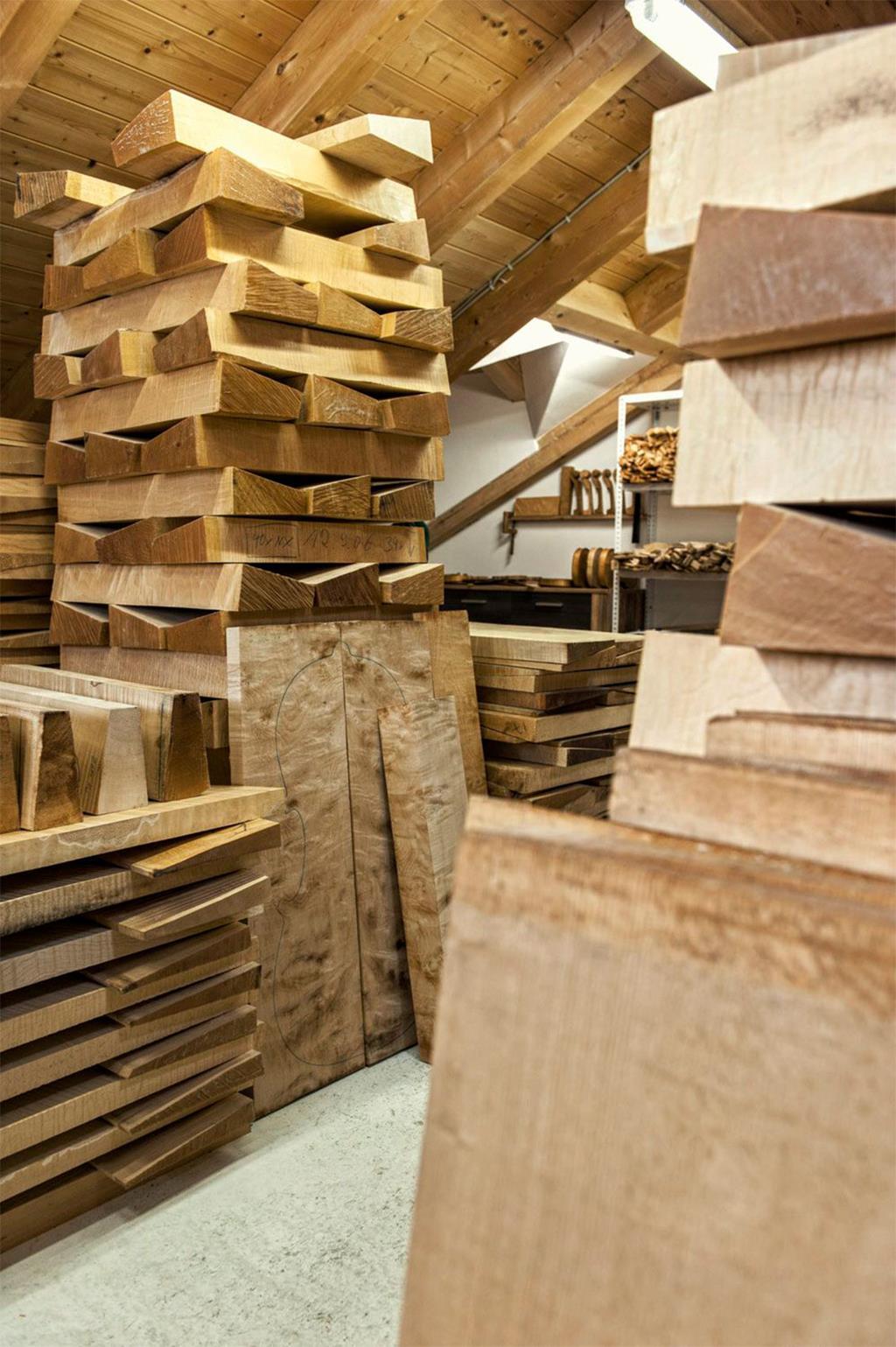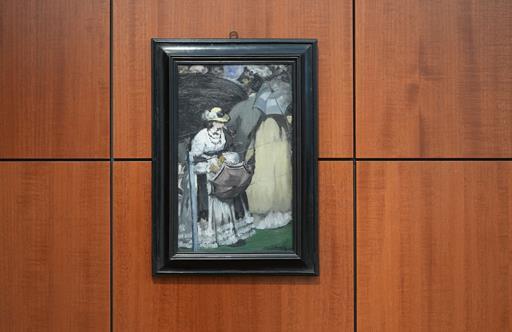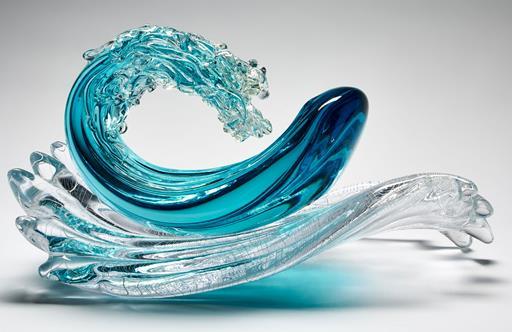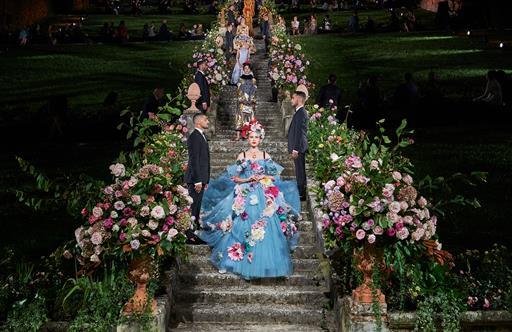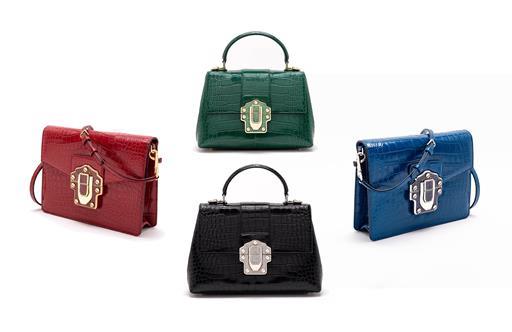String Theory
Many a virtuoso violinist can trace the provenance of their instrument to a family firm in the small Bavarian village of Mittenwald
An appreciation of the fine art of violin making runs deep in this small village, about 100 kilometres from Munich on the Austrian border. Established here by locally born master luthier Matthias Klotz (whose likeness, in the form of an imposing, iron-cast statue, sits at the very centre of town), the craft grew during the 17th and 18th centuries as the town became a hub for the production and sale of fine bow-stringed instruments, played by musicians – including Mozart himself – across Europe’s ornate concert halls.
Violin making is a profession in which little changes; for decades or even centuries, the craft has remained the same. You can’t rejig the violin – it is simply what it is
Rainer Leonhardt, Master Luthier at Geigenbau Leonhardt“Two hundred years ago, every other person in Mittenwald was making violins,” says Rainer Leonhardt, who took over the family’s now 89-year-old business in 1989. “Today, there are about six or eight of us.”
“I wasn’t forced into the family business – I always wanted to [work in it],” says Leonhardt, a boisterous, unassuming family man in his early 50s. From his cosy workshop, he and his team of four create precious few, exceptionally detailed and sophisticated violins, basses and cellos, mainly from locally grown maple and fir woods.
The work itself is painstaking. A single maestro-standard violin takes up to a month to produce, with prices (up to €15,000) appropriate to the elaborate labour that goes into them, some even custom-made to the preferences of the new owner.
His clients hail from across Europe, the United States, Australia and Russia, as well as an especially large contingent from Japan and China. They’re students, schoolchildren, professionals and hobbyists, some of whom travel great distances with the sole purpose of procuring one of his creations.
Leonhardt’s efforts on a digital platform help draw in potential buyers, and have helped the firm expand its global reach: his website, eBay presence and Facebook page, which boasts nearly 3,000 followers, helped to earn him the Bavarian Export Prize in 2012.
Still, violin-making, says Leonhardt, “is a profession in which little changes; for decades or even centuries, the craft has remained the same. You can’t rejig the violin – it is simply what it is.”
Visit Geigenbau Leonhardt's website (in German)
